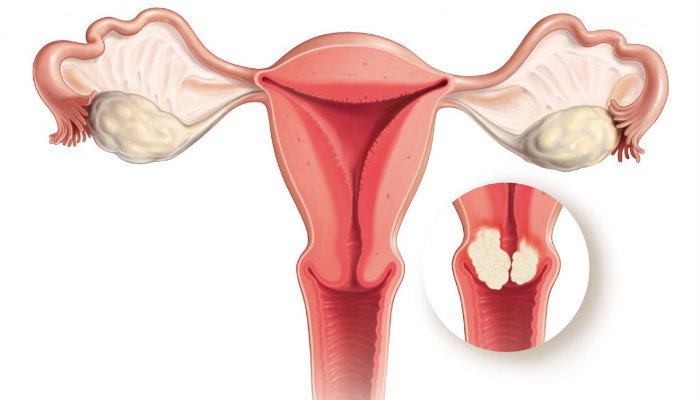
Recently, I received a call from a friend whose aunt complained of post-menopausal bleeding. My first thought was could it be ‘cervical cancer’ but, I did not voice my concern, instead asked her to take her aunt for a PAP SMEAR Test.
Unfortunately, the results indeed matched my concern. She was diagnosed to have Cervical cancer. This was not the first time that I had come across a case of Cervical Cancer as the numbers have been on the rise for the last decade.
According to a study titled Epidemiology of cervical cancer with special focus on India, every year in India 1,22,844 women are diagnosed with cervical cancer and 67,477 die from the disease. India has a population of 432.2 million women aged 15 years and older who are at risk of developing cancer. It is the 2nd most common cancer in women aged 15–44 years.
(https://www.ncbi.nlm.nih.gov/pmc/articles/PMC4404964)
As per world statistics, India’s contribution to cervical cancer cases is 25.4%. Majority of the Indian women diagnosed with cervical cancer have never been screened for the disease and around 70% of these cases present in advance stages due to absence of any organized cervical cancer screening program. The most important risk factor for development of cervical cancer is persistent infection by a high-risk subset of Human Papilloma Virus (HPV). Cervical cancer being the third most common cancer in the world, very little is known about it among the masses.
What is cervical cancer?
Cervical cancer is a disease that develops very slowly and begins with the precancerous condition known as dysplasia. Dysplasia is easily detected in a routine pap smear and is treatable.
High risk
1)Sexual history- has had multiple sexual partners OR established sexual relations before the age of 18 OR has a partner who has had sexual contact with a woman with HPV infection.
2) Smoking
3) Weakened Immunity
4) Giving birth at very young age
5) Long-term use of contraceptive pills
6) Family history
You need to look out for these signs
1) Bleeding that occurs between regular menstrual periods.
2) Bleeding after sexual intercourse, douching, or pelvic exam.
3) Menstrual periods that lasts longer and are heavier than before.
4) Bleeding after completingMenopause.
5) Increased vaginal discharge.
6) Pelvic pain
If you have noticed any of these symptoms, kindly consult your Doctor at the earliest.
Prevention:
As we know Prevention is better than Cure especially for any cancer, creating awareness becomes the first step towards that milestone.
Lifestyle plays an important role in the prevention of cervical cancer. Foods that are rich in Flavonoids (apples, black beans, broccoli, cabbage, garlic, onion, soy, and spinach), Folate (Avocados, strawberries, oranges, lentils) and Carotenoids (Carrots, sweet potatoes, pumpkin) are seen to reduce the chances of cervical cancer.
Other than diet make sure you follow the below habits to keep Cervical cancer at bay;
- Regular Screening (PAP SMEAR) post the age of 30
- HPV vaccine (most effective when administered before start of sexual intercourse)
- Practising Safe sex
- Avoid Multiple sexual partners
- Delaying first sexual intercourse
- NoSmoking
There is an HPV Vaccination that is certified by the Indian Academy of Pediatrics (IAP). 2 doses of either of the two HPV vaccines for adolescent/pre-adolescent girls aged 9-14 years is recommended. However, this vaccination is optional. One should consult a Gynaecologist to know more about the vaccine and how it helps.
It is always better to be safe than sorry and as we have now seen. Being safe is the best way to prevent Cervical cancer.




A good article